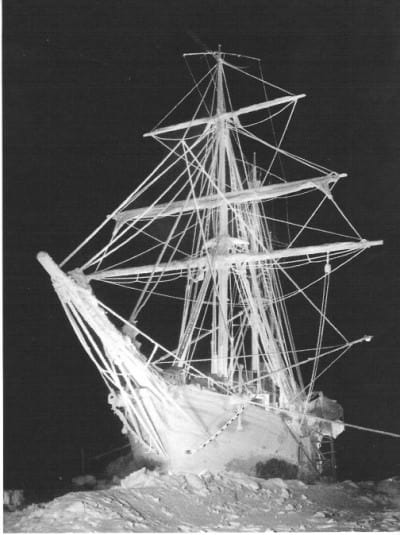
“MEN WANTED: FOR HAZARDOUS JOURNEY. SMALL WAGES, BITTER COLD, LONG MONTHS OF COMPLETE DARKNESS, CONSTANT DANGER, SAFE RETURN DOUBTFUL. HONOUR AND RECOGNITION IN CASE OF SUCCESS.”
The legend is that this was a call for sailors put out by Sir Ernest Shackelton for his 1914 Imperial Trans-Antarctic Expedition. Never had a call for sailors been so bold. Never had an exploration like this taken place. But Shackelton wanted a different type of sailor. He wanted to chart a different course, find a different destination.
Surely no one would reply to such an ad, right? Drawn by a sense of adventure, a sense of risk, or just desire to do something great, the story goes that hundreds were willing to take the challenge. Twenty eight were chosen. Some would call these 28 crazy. Some would call them brave.
School facilities stand at the nexus of utility and education. Over the past week, our Powered Schools series has highlighted different opportunities and stories of efficiency and creativity. I think that these are also stories of risk and bravery. These are stories of individuals and organizations that set out toward a new destination. They are not looking at facilities simply as buildings. These school buildings and grounds are learning ecosystems where dollars are invested not in “infrastructure” but in dual-purpose learning equipment. They might not call them such, but their stewardship of education dollars and the environment are being leveraged to educate students in a way that is effective and applicable.
Over the past week, the Powered Schools series has highlighted different opportunities and stories of efficiency and creativity. I think that these are also stories of risk and bravery.
When curating this series, we kept circling back to the idea that energy conservation is not a new idea, and it is not particularly “progressive.” We kept landing on the idea that these measures are the way things used to be done. Historically. While there are new technologies that can help achieve and track savings, there are so many opportunities in simple awareness and education. Shutting down buildings during off hours, properly maintaining equipment, sharing energy consumption data, incentivizing behavior, and adjusting set points are just the tip of the iceberg and cost nothing.
Board policies can set the tone and give the decisionmakers the support that they need to make positive changes. Changes can be phased in, such as replacing failed equipment with more efficient ones. Schools, towns, and government agencies can get together to purchase equipment in bulk.

New facilities can be designed with the Third Teacher model in mind – the idea that students first learn from adults, then from peers, and then from their environment. Our buildings and school grounds are the embodiment of the application of every course of study in school. As one of the designers of the modern Third Teacher model, Trung Le says:
“Every school that I walk in, there is a mission statement that says we want our students to be critical thinkers, to ask questions to be curious, to be discoverers, and to have that greater sense of joy. How can the environment be emblematic of that goal?”
The idea is simple: there are opportunities if you do not accept the status quo and are willing to answer the call to action. Some will call you crazy. Some will call you brave.

Shackelton and his crew did not achieve their mission. Their ship, the Endurance, became ice bound, and they were stranded for months. Shackelton and five of his crew risked their lives, traveling 800 miles in an open boat to a small island where he could launch a rescue mission. All 28 men returned home alive. They are not remembered for their mission’s success or failure. They are remembered because they answered the call.
Will you?
Recommended reading


